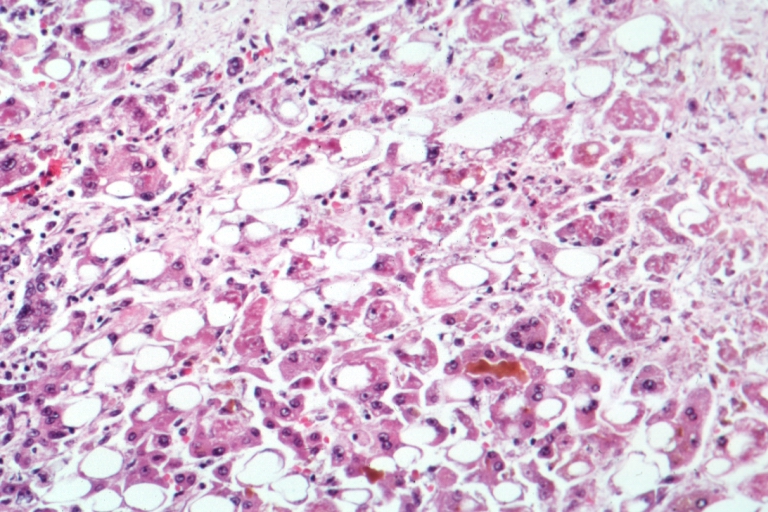Surge in Alcohol-Associated Liver Disease Mortality Post-COVID-19

Recent research reveals a significant rise in mortality from alcohol-associated liver disease (ALD) across various demographic groups in the United States, particularly during and after the COVID-19 pandemic. A cross-sectional study utilizing data from the Centers for Disease Control and Prevention (CDC) highlights alarming trends, especially among women, younger adults, and American Indian or Alaska Native populations.
According to Dr. Robert Wong, a clinical associate professor at the VA Palo Alto Healthcare System and Stanford University School of Medicine, the study indicates that ALD mortality rates increased dramatically from 1999 to 2022. The research shows that the rate of deaths attributed to ALD rose from 6.71 to 12.53 per 100,000 individuals during this period, with a particularly steep increase observed between 2018 and 2022, marking an annual percentage change of 8.94% (95% CI, 6.27% to 14.51%; P = .001). This troubling trend underscores the need for targeted public health interventions.
The study analyzed data from the CDC’s Wide Ranging Online Data for Epidemiologic Research mortality database, focusing on individuals aged 25 and older across all 50 states and the District of Columbia. Researchers found that the majority of ALD deaths involved males (70.7%), while women experienced a more rapid increase in mortality rates (AAPC, 4.29%; 95% CI, 3.09% to 5.51%). Young adults, specifically those aged 25 to 44, also exhibited concerning mortality trends with an annual percentage change of 4.23% (95% CI, 3.47% to 4.83%; P = .001).
The American Indian and Alaska Native populations had the highest mortality rates, increasing from 25.21 to 46.75 per 100,000 (AAPC, 4.93%; 95% CI, 3.45% to 5.96%; P = .001). In terms of specific types of ALD, alcohol-associated hepatitis mortality rose from 0.47 to 0.76 per 100,000 (AAPC, 2.08%; 95% CI, 1.27% to 3.05%; P = .001), with women showing steeper increases than men.
The implications of these findings are profound. As highlighted by Dr. Wong and his colleagues, understanding the recent trends in ALD mortality can guide public health policies and healthcare systems in developing appropriate interventions. They argue that addressing disparities in ALD mortality is crucial for improving health outcomes among high-risk populations.
The pandemic has been linked to increases in alcohol consumption, and the World Health Organization states that alcohol contributes to over 200 diseases and health conditions. Increased access to alcohol during the pandemic, coupled with heightened stress levels, may have significantly impacted liver health across the population.
Despite the alarming trends, the study's authors noted several limitations, including reliance on death certificate data and ICD-10 codes, which may not account for individual-level alcohol consumption or comorbidities affecting liver-related mortality. Additionally, the lack of comprehensive socioeconomic data highlights the need for ongoing monitoring of the pandemic's long-term effects on liver disease.
In conclusion, the rising mortality rates from alcohol-associated liver disease in the United States, particularly among vulnerable populations, present a public health crisis that necessitates comprehensive strategies aimed at improving screening, addiction treatment access, and targeted interventions for at-risk groups. Without immediate action, the trend could lead to further health disparities and increased strain on healthcare resources.
Advertisement
Tags
Advertisement





